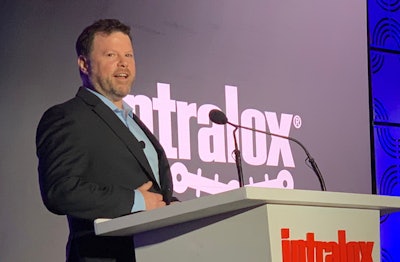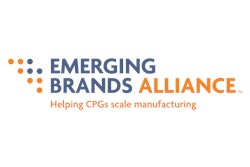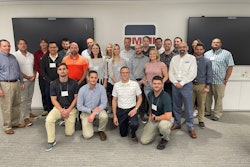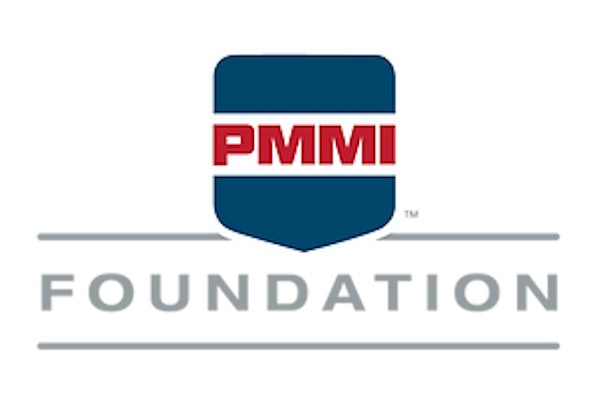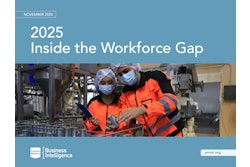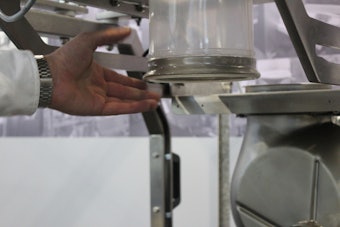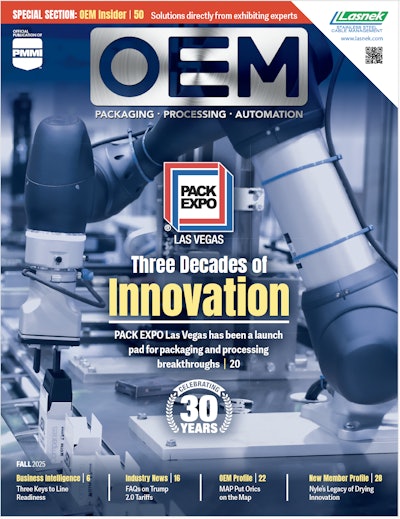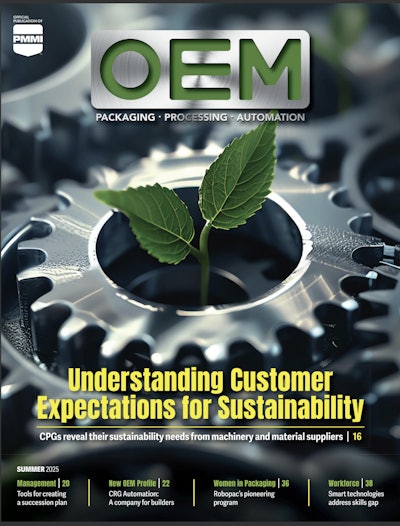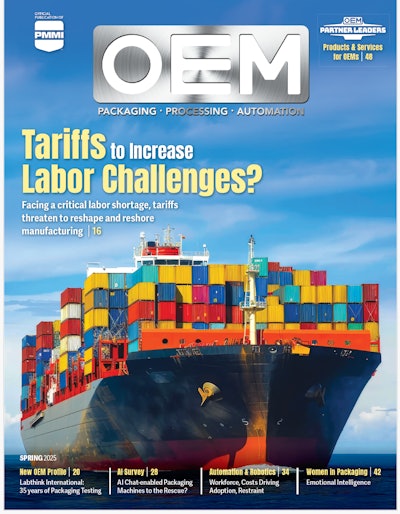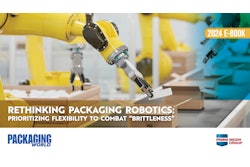Inspire Brands is a young company, just five years old, but it’s made up of several mature restaurant chains—Arby’s, Baskin-Robbins, Buffalo Wild Wings, Dunkin’, Jimmy John’s, and Sonic Drive-In—that, together, make it the second largest restaurant company in the U.S. by sales. “Mature restaurant chains, young company—it’s definitely been a learning curve and a great opportunity for us to move forward,” says Chris Polito, director of food safety for Inspire.
It's not been without its challenges, as Polito detailed for attendees of a food safety forum hosted by Commercial Food Sanitation (CFS) as part of the Intralox NEXT event this month in New Orleans. Inspire Brands has a shared service model today, but early on, its various brands were working in their own silos. As Inspire brought each of those brands together for joint efforts and learnings, it used both reactive and proactive lessons to move the organization forward as a whole.
“Designing for greatness [CFS’s theme for the forum] is best done proactively, right? But sometimes something rears its ugly head, and we have to learn the hard way,” Polito says. “The key is to embrace those learnings and really focus on building the walls taller and stronger. In other words, focusing on prevention for the future to try and mitigate those things from occurring again.”
Some of the stories that Polito shared dealt more with equipment used within the restaurants—flies getting into new drink machines with faulty seals, for example, which led to better testing of the equipment received. But he also zeroed in on problems that Inspire’s food suppliers were facing with their equipment, which led in turn to contamination of the food supply.
Metal in food
Inspire started getting complaints from guests at the restaurant level about metal appearing in product. When Inspire contacted its supplier, the supplier revealed that it did have an issue in which a piece of metal broke off a piece of equipment and was processed and packaged. This was caught by the metal detector, though, production was put on hold, and 100% of the metal was accounted for. And yet Inspire restaurants kept getting metal complaints.
“Upon our further investigation into this, we had metal-on-metal contact,” Polito explains. “What had happened is the equipment loosened over time, and no one noticed, and it started interacting with another piece of equipment. And therefore we were getting metal shavings in the products and the metal detector wasn’t sensitive enough to catch it.”
This sort of thing has happened more than once, Polito notes, and it’s no small matter for customers to encounter metal in their food. “People think food safety has a lot to do with microbes, but that’s not always the case,” he says. “Foreign material is a big component of food safety as well.”
This issue ties into certification and culture. Expertise comes from training and certification, but it means nothing if the culture doesn’t tie into that as well, Polito asserts. Companies need to foster a culture of find and report rather than find and hide. “Unfortunately, that’s the reality—the culture to find and hide for fear of consequences,” he says. “I’m not saying that’s the case here, but there is definitely a parallel.”
Preventive maintenance, of course, plays a key role. But referencing again the design for greatness concept, this machine instead had an antiquated design. “It had multiple minor pieces, such as nuts, bolts, and screws, interacting with product over time, and it got into the product, which was causing major issues,” he says.
A key takeaway: “Prevention must be vigorous across an operation, but it’s most important at the source. If we’re just starting with the right design upfront, do we have to worry as much, do we have to put as many resources into this to ensure that we’re preventing issues from occurring?” Polito asks. “I think we know the answer.”
Polito’s advice to the restaurants and their suppliers alike is to engage and partner so that you know how to move forward when issues do occur. “Monitoring long term is also key to establish confidence,” he adds. “In a lot of cases, we have suppliers with multiple facilities—make sure those learnings are applied across multiple facilities because that doesn’t always happen.
Prevention is sweet
The final case that Polito presented was a happier tale—one of prevention through improved hygienic standards. “More and more, we are seeing food suppliers step up and improve their hygienic design programs. And there’s one in particular that we’ve had the pleasure of working with and observing over the last four or five years,” he says. “They’ve made the investment into hygienic design, and every year that I’ve been in there, it is night and day, it’s hard to recognize. They’ve realized a lot of benefits from going this route.”
One particular benefit is a change in culture, Polito notes. Employees see the investment that’s being made, and there’s a sense of pride of ownership. “There are design changes that protect people and there are design changes that make it more efficient to clean and sanitize, and this company has done both,” he says. “I know there are a lot of suppliers in the room, and there are many here that are on the same journey, and I commend them.”
To get more wins from the prevention side of food safety and efficiency, Inspire built its own innovation center in 2021. One of the things it does there is to test the hygienic design of equipment. They’re also testing new technologies such as robotics. But a key part of the innovation center, of course, is innovation. “We want to innovate to keep things efficient and simple. That’s one of the key things here,” Polito says. “Hygienic design does not need to be complex. When hygienic design is complex, it poses more challenges, it’s harder to maintain, we’re going to cut more corners. The goal here is to design for simplicity and to make sure that’s sufficient.”
In working with suppliers, Polito points to best practices such as getting the approval process right—making sure quality expectations and agreements incorporate sanitary design, for example, and reviewing third-party audits to identify other opportunities. Polito emphasizes the importance of visiting suppliers as well. “How are you going to see it if you’re not there?” he asks. “How are you going to verify those programs that support hygienic design and the data around that?”
It’s also important to set expectations and communicate these concepts to broader teams throughout the organization. “Make sure that you’re training all the right personnel to look out for these things,” Polito adds.
Some key takeaways from Polito:
- Prevention is always best at the source. “In a lot of cases, we learned the hard way from this,” he says.
- Embrace the learnings, although it can be hard to do. “Get your arms around it, and market the importance when you have something go wrong, so people understand the value.”
- Partner with the companies that invest in hygienic design. “Not all of them do it, but there’s a good many that do, and they do it well.”
